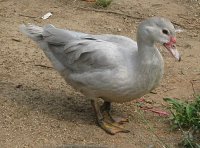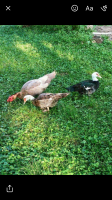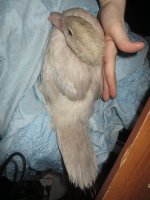I'm having a difficult time keeping all the colors straight haha! I see a lot of people saying the ones that look like my hens are Lavender. So lavender is a uniform color, and they are blue since they are darker at the head and tail? The kind of red overcast simply means they were out of a chocolate, or carry that gene? I guess that's what keeps throwing me. The blue drake is such a crisp, clean blue, and the ladies have a red tint to them.
Navigation
Install the app
How to install the app on iOS
Follow along with the video below to see how to install our site as a web app on your home screen.
Note: This feature may not be available in some browsers.
More options
You are using an out of date browser. It may not display this or other websites correctly.
You should upgrade or use an alternative browser.
You should upgrade or use an alternative browser.
Muscovy keepers share your pics!
- Thread starter keeperofthehearth
- Start date
P
The rooster is a Blue laced red wyandotte rooster
That's the picture I entered for the calendar contest haha, I'm not sure why it was still there, and it wouldn't delete?
Sorry for all the questions, I just follow this thread pretty close, and I'm finally just starting to figure out what mine must be. Ok, so lavender does look very uniform, and almost more a lighter steel blue. I don't think I actually have any then. Unless those drakes are a lighter lavender vs lilac. Are lilac and silver basically the same thing? I know a couple colors had more than one name.
So I'm going to try something new. I'm going to keep this Lilac duckling in my bed room and pet it and play with it all day and see how tame I can get it. So I can walk around animal swaps showing her off. Do you think she is too old? This is her setup.
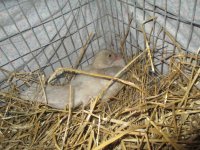
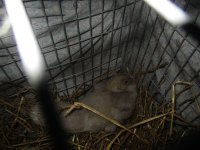
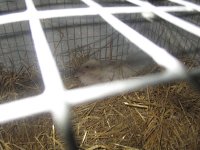

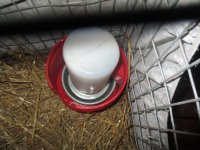
I think she may be a silver? Also does she look like a she?

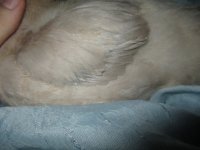





I think she may be a silver? Also does she look like a she?


Last edited:
Lavender is a smooth grey (can be light or dark but not too different between the two). No lacing and no other shades to it.I'm having a difficult time keeping all the colors straight haha! I see a lot of people saying the ones that look like my hens are Lavender. So lavender is a uniform color, and they are blue since they are darker at the head and tail? The kind of red overcast simply means they were out of a chocolate, or carry that gene? I guess that's what keeps throwing me. The blue drake is such a crisp, clean blue, and the ladies have a red tint to them.
Blue can be light or dark. Heads tend to be darker and there's usually lacing. Which helps in differentiating between that and lavender.
Blues can have brown tones, usually seen on chest and tail, as juveniles, but it should molt out. This just means they carry color.
If blue and brown tones all over, then it's a lilac. Lilac also come in light and dark shades like blue.
Similar threads
New posts New threads Active threads
-
Latest threads
-
-
-
Quiz: Is Your Flock Ready for Molt Season?
- Started by BYC Project Manager
- Replies: 1
-
-
Feeding a Wholegrain DIY Feed in Kenya
- Started by Kuku_For_Chickens
- Replies: 3
-
-
Threads with more replies in the last 15 days
-
-
-
Question of the Day - Thursday, August 14th, 2025
- Started by casportpony
- Replies: 75
-
-
-
×


